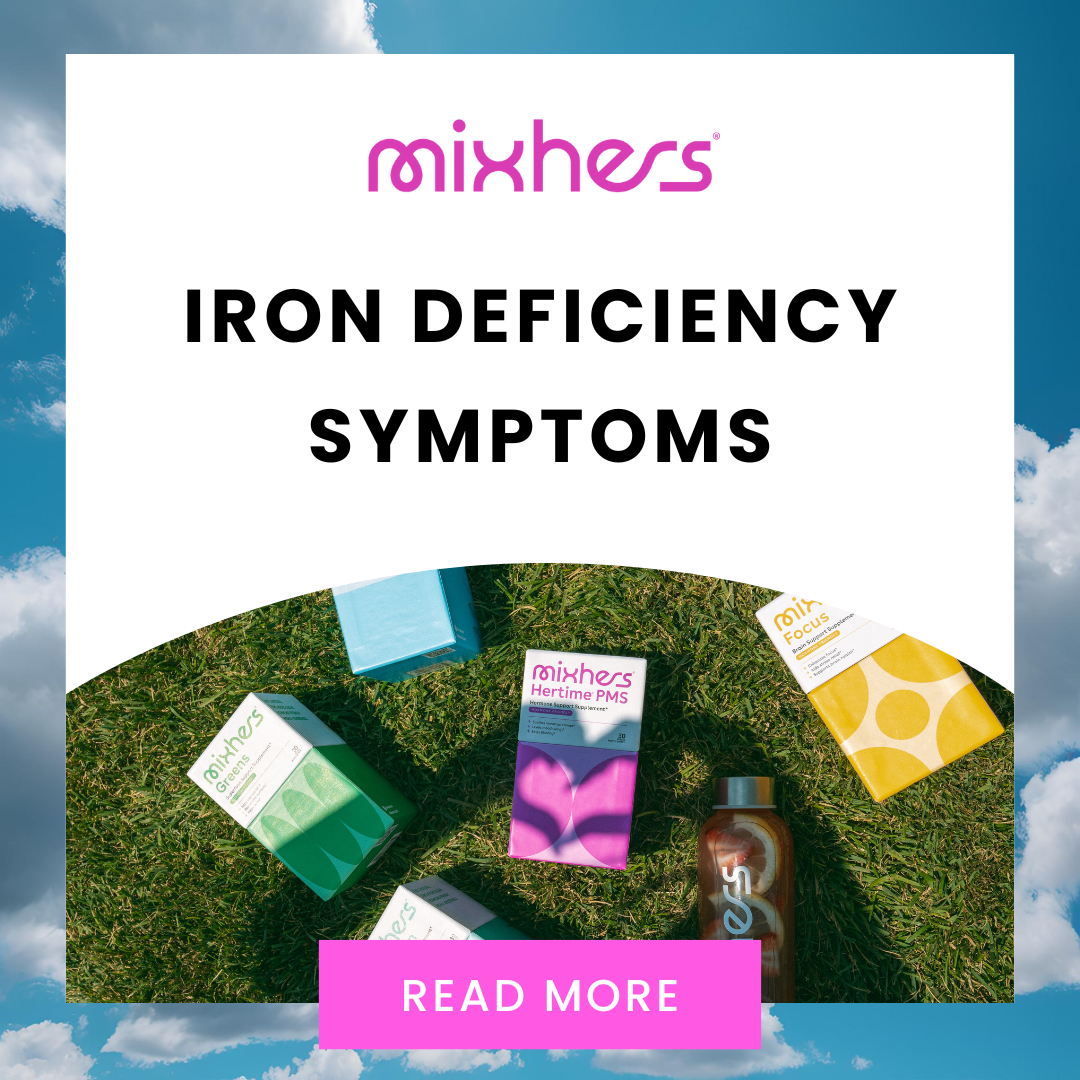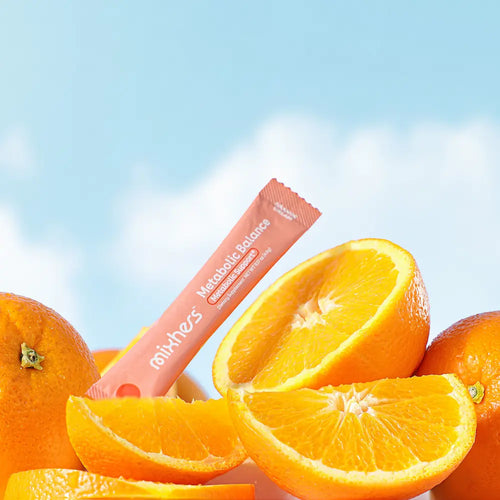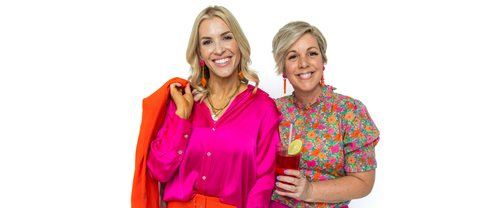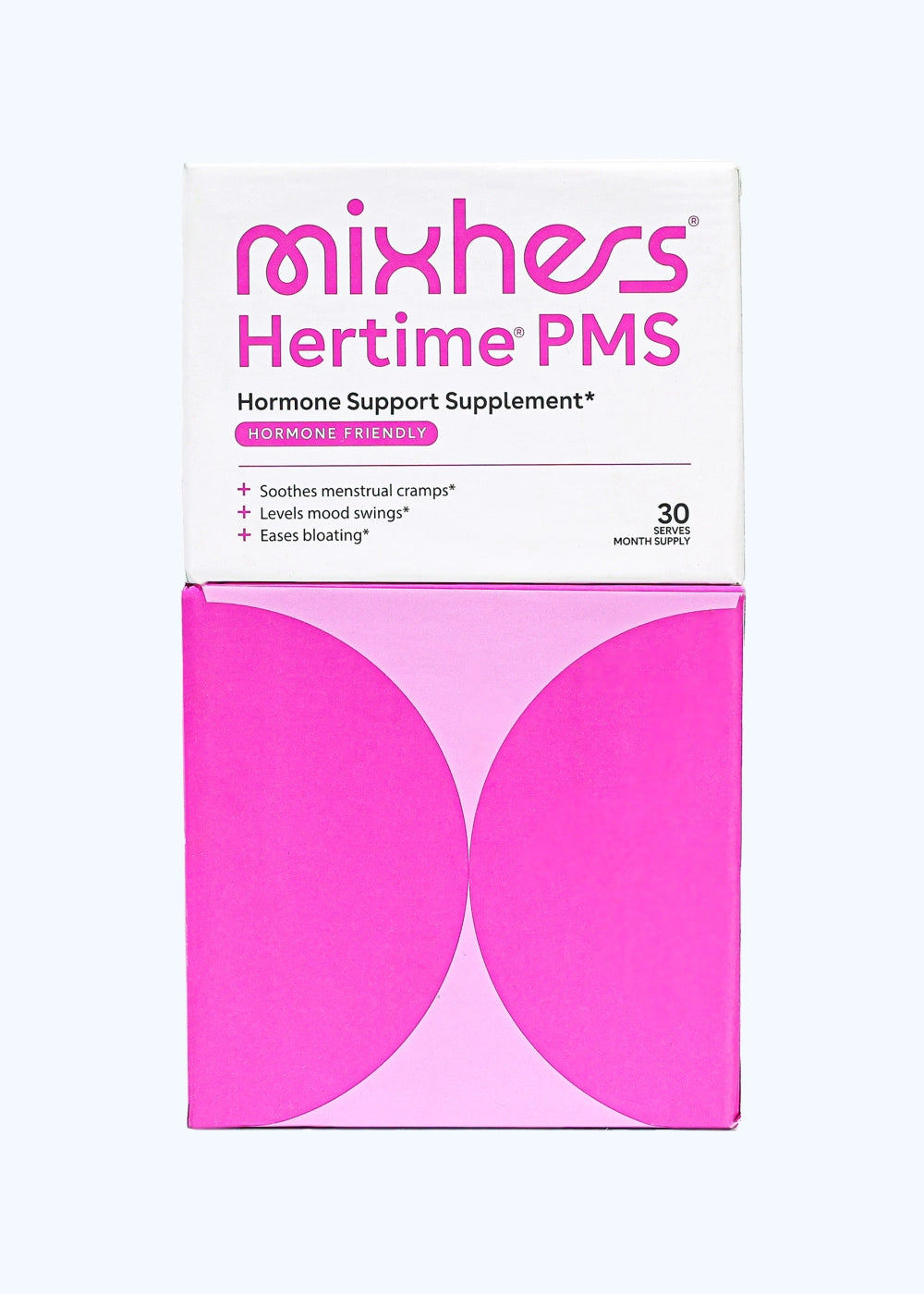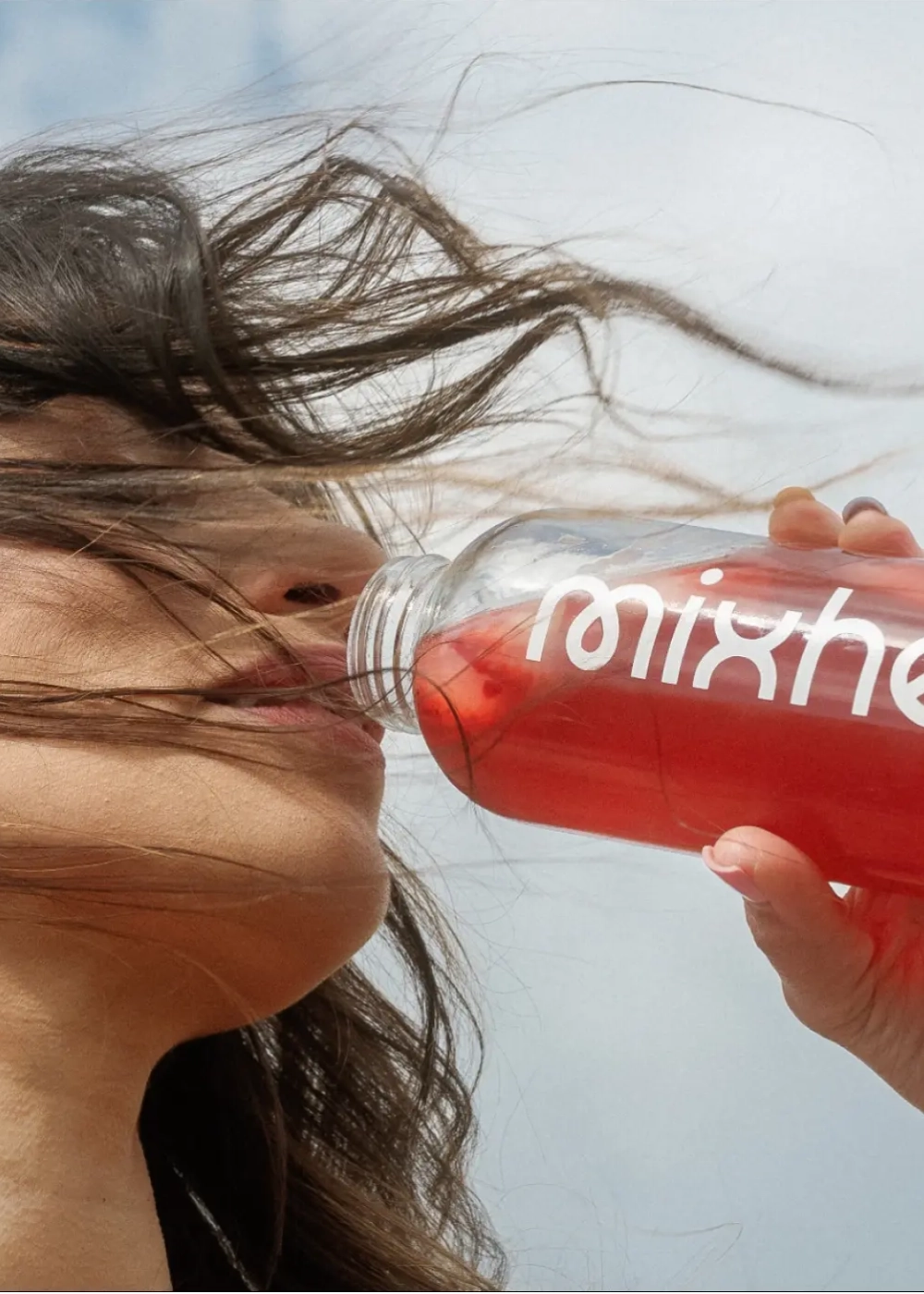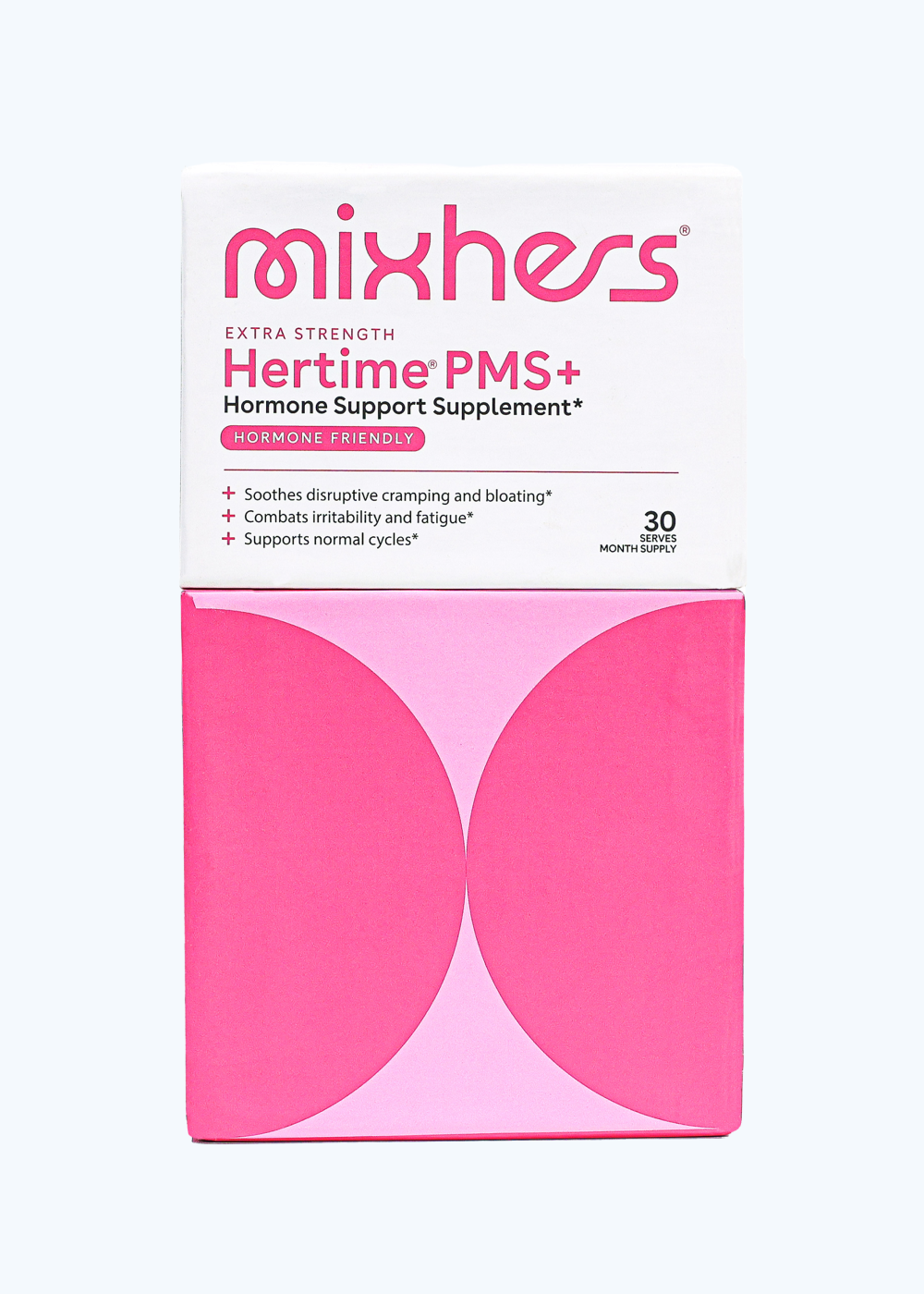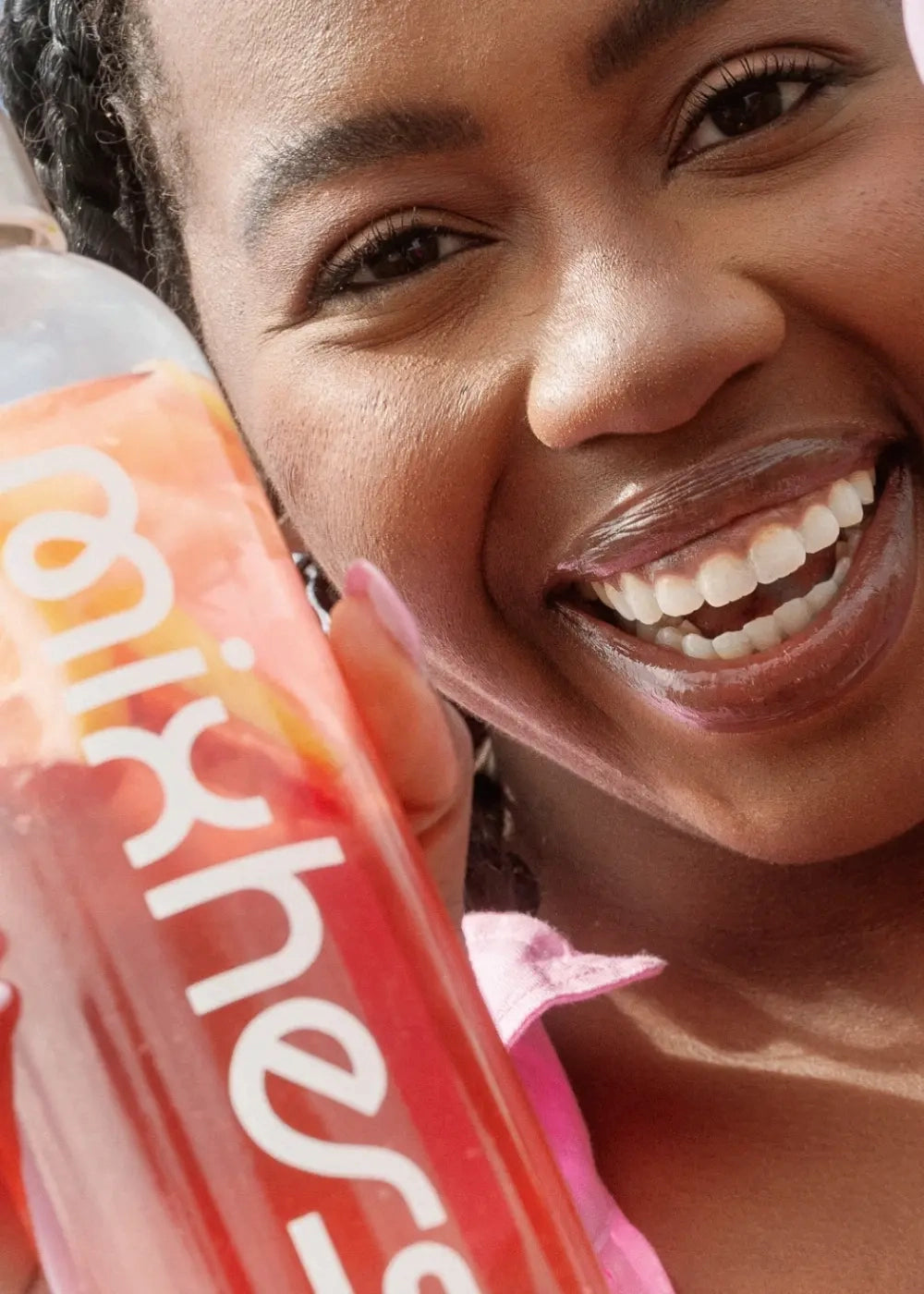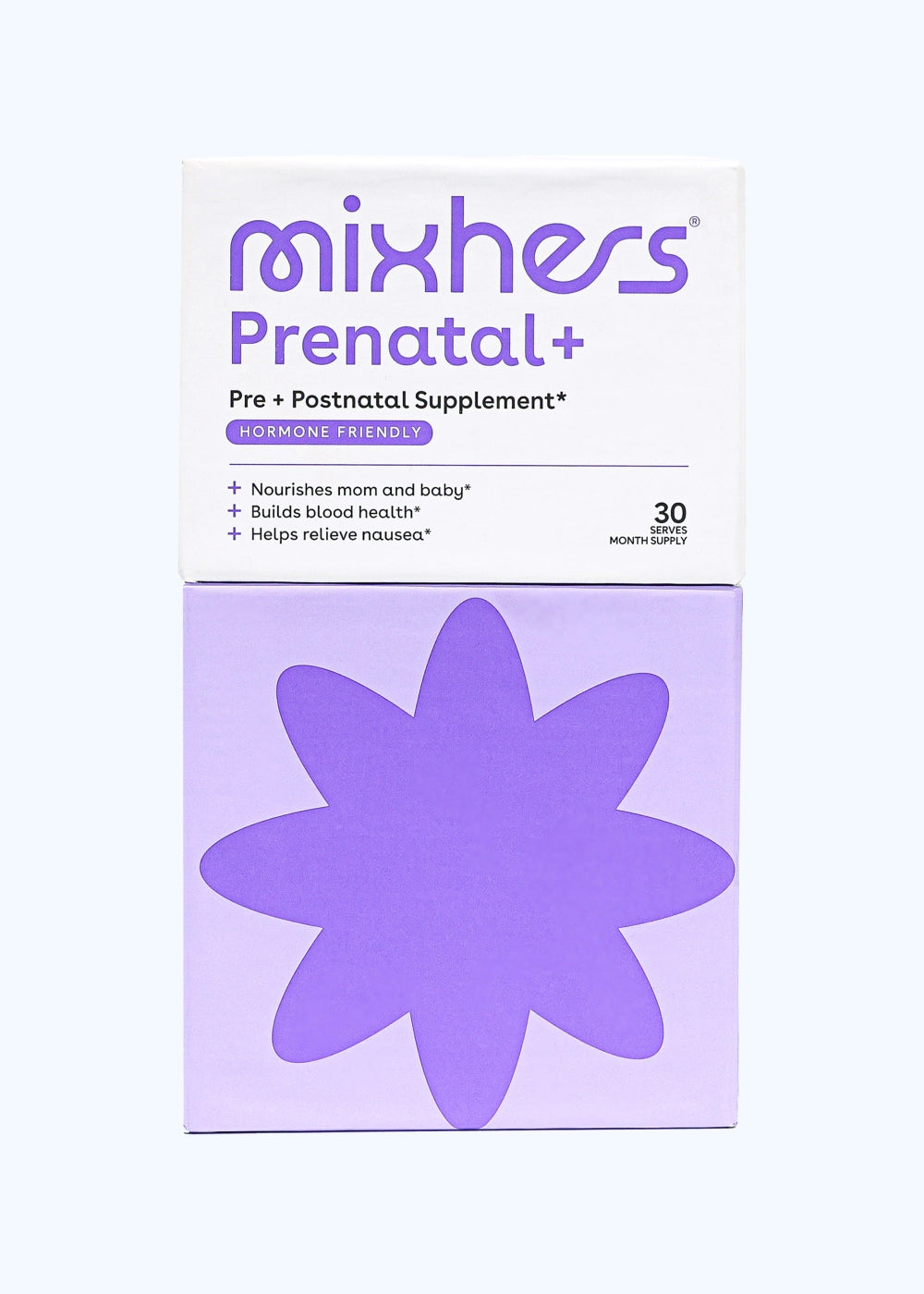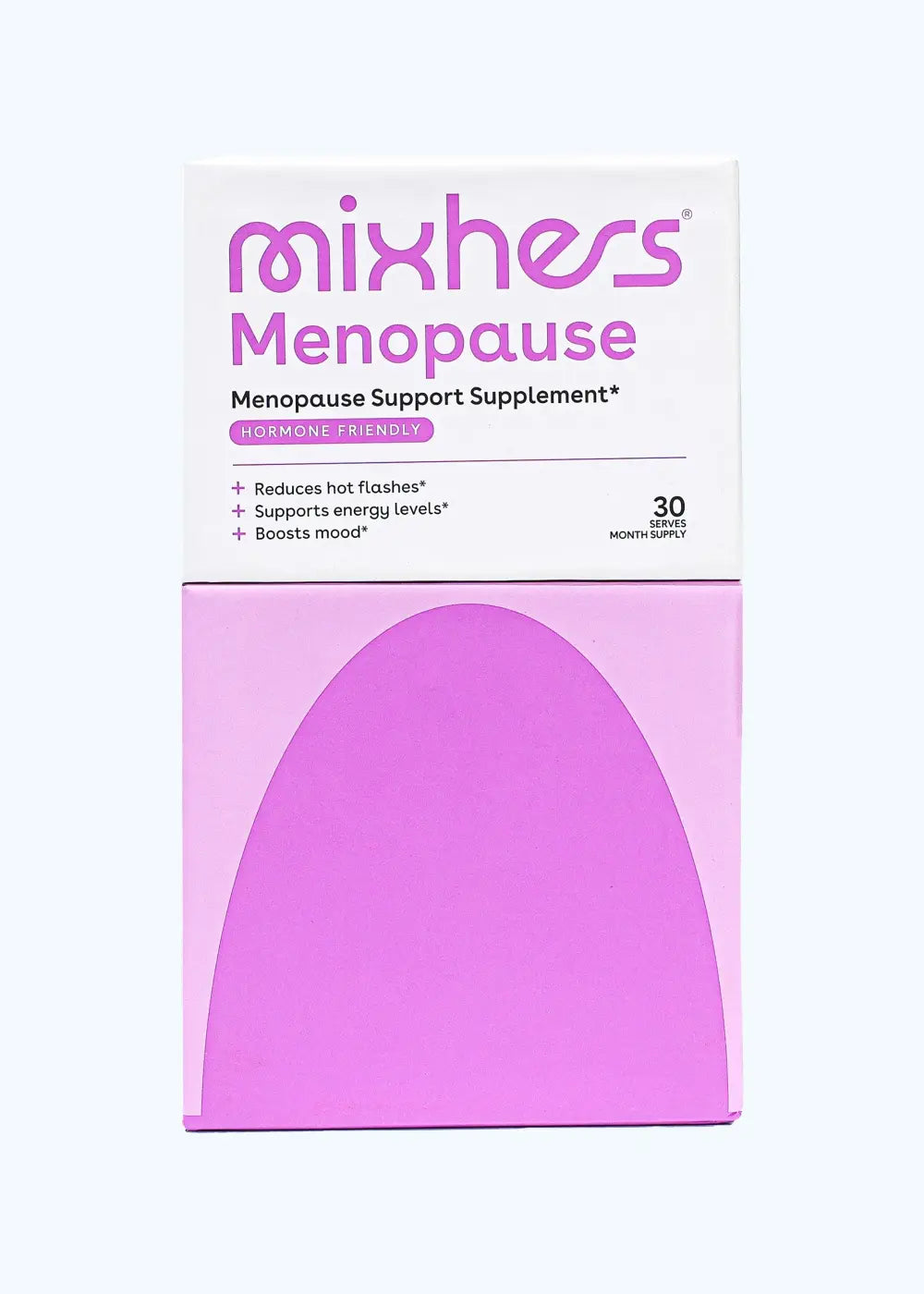Iron Deficiency Symptoms
Feeling constantly exhausted can indicate iron deficiency symptoms. Iron is crucial for producing red blood cells, responsible for distributing oxygen throughout your body. This article will guide you to identify and prevent low iron levels.
What is Iron Deficiency?
Iron deficiency is when the body doesn't have enough iron. This mineral is key for making hemoglobin, a protein in red blood cells that carries oxygen around the body. Without enough iron, your body can't make enough healthy red blood cells to carry this oxygen.
As a result, you might feel tired or weak because tissues and organs aren’t getting the oxygen they need to work well.
Several things can cause iron deficiency. It could be due to not eating enough iron-rich foods like meats and leafy greens. Sometimes, it happens if you lose more blood than usual — menstruation or ulcers may lead to this issue for some people.
Other causes include problems with absorbing iron from food which might happen with health conditions such as celiac disease or after gastric surgery. Pregnant women and young children are at higher risk since their bodies demand more iron for growth.
Symptoms of Iron Deficiency
Constant fatigue might signal iron deficiency and overall vitamin deficiency, a condition where your body lacks the iron needed to produce red blood cells that carry oxygen. Other symptoms include pale skin, shortness of breath, dizziness, or brittle nails. Identifying these signs early is key to avoiding complications.
To prevent low iron levels, incorporate iron-rich foods like spinach, red meat, lentils, and fortified cereals into your diet. Pairing these with vitamin C can enhance absorption. This guide will help you recognize symptoms and maintain healthy iron levels for optimal energy and wellness.
Physical symptoms
Iron deficiency can make you feel tired and look pale. It happens when your body doesn't have enough iron to make healthy red blood cells. Here are some physical symptoms:
- Feeling very tired is a common sign. Even if you rest, you might still feel weak.
Looking more pale than usual, especially on the inside lower eyelids, shows low iron levels. - Shortness of breath happens because your body is trying to get more oxygen since there's not enough hemoglobin.
- Some people notice their heart beating fast or having chest pain. This is because the heart works harder to move oxygen-rich blood around the body.
- Headaches and dizziness can occur when your brain doesn't get enough oxygen.
- Cold hands and feet are another symptom. Iron deficiency affects your blood circulation, making you feel colder.
- Brittle nails can be a sign too. Without enough iron, nails might break easily or form concave shapes.
- Craving strange things like dirt or ice can happen with severe iron deficiency. This craving is called pica.
- Hair loss can become noticeable. With less iron, hair growth slows down and hair may fall out more easily.
- These symptoms might seem common for other conditions too. If you notice them, it's a good idea to see a doctor for a blood test to check your ferritin levels which indicate how much iron is stored in your body.
Cognitive symptoms
Iron deficiency affects brain function, leading to trouble concentrating, forgetfulness, and difficulty completing tasks. Low iron levels also impact mood, causing irritability, anxiety, or even depression due to impaired emotional regulation. Fatigue and brain fog are common, as the brain struggles to stay alert without enough iron.
Recognizing these cognitive symptoms early is crucial. Addressing iron deficiency through diet or supplements can improve focus, mood, and overall mental wellness, helping you maintain daily productivity and well-being.
Other signs
Iron deficiency can also manifest through other signs. These may not be as commonly known, but it's crucial to recognize them too:
- Unusual cravings for non-food substances like ice, dirt, or starch (known as pica).
- Fragile nails and hair loss.
- Soreness or inflammation of the tongue.
- Aggravation of restless leg syndrome, a tingling or crawling sensation in your legs that can disrupt sleep.
Identifying these signs early can help prevent more severe symptoms and complications related to iron deficiency anemia.
How to Avoid Iron Deficiency
To prevent iron deficiency, incorporate iron-rich foods into your diet such as red meat, poultry, fish, lentils, and spinach. Address any potential causes of iron deficiency such as heavy periods or digestive issues.
If necessary, consult with a healthcare professional before considering supplements. Create a well-rounded diet for long-term wellness by including a variety of nutrients.
Knowing how to avoid iron deficiency is vital for overall health. Explore the complete article to learn more about this important subject and manage your well-being.
Include iron-rich foods in your diet
Maintain healthy iron levels by incorporating iron-rich foods into your daily meals. Lean meats like beef, pork, and poultry, along with seafood such as oysters and tuna, provide excellent sources of iron. Plant-based options include beans, lentils, and dark leafy greens like spinach and kale.
Iron-fortified cereals, breads, dried fruits like raisins and apricots, and nuts or seeds, such as pumpkin seeds and almonds, are also great additions. Pair these with vitamin C-rich foods, like citrus fruits or bell peppers, to boost iron absorption effectively.
Address underlying
Iron deficiency isn’t always caused by low iron intake. Conditions like heavy menstrual bleeding, ulcers, or inflammatory bowel disease can increase iron loss or hinder absorption. Women experiencing symptoms should consult a healthcare provider to identify potential underlying issues like celiac disease or Crohn’s, which may affect iron absorption. Addressing these root causes with medical guidance ensures effective treatment and helps maintain healthy iron levels, supporting overall well-being.
Consider supplements
Iron supplements are a helpful option when dietary changes aren’t enough to address deficiency. Available in tablet or liquid form, they provide the necessary iron to boost levels. However, it’s important to consult a healthcare professional before starting supplements, as excess iron can cause side effects. Look for green supplements containing ferrous sulfate or ferrous gluconate, which are easily absorbed. Choosing a supplement paired with vitamin C can further enhance iron absorption, making it a more effective solution.
Build a balanced diet for long-term wellness
Creating a balanced diet supports long-term wellness and ensures adequate iron intake. Include iron-rich foods like lean meats, poultry, fish, beans, and fortified cereals in your meals. Pair these with vitamin C-rich options, such as citrus fruits, bell peppers, and tomatoes, to enhance iron absorption. Add leafy greens like spinach and kale, along with nuts, seeds, and whole grains like quinoa and oats, for a diverse nutrient profile. Consistently incorporating these foods promotes overall health and helps maintain optimal iron levels over time.
How Mixhers Supports Women’s Iron Needs
Mixhers offers a variety of products, such as Hertime PMS, designed to meet women's iron needs. These products feature iron and complementary nutrients crucial for improved absorption, catering to the precise demands of women's health.
For women aiming to keep their iron levels and overall well-being in check, Mixhers' offerings are thoughtfully crafted with this objective. By integrating these specially formulated supplements into their daily regimen, women can effectively boost their iron intake and fulfill their body's requirements.
Mixhers’ Hertime PMS product is specifically created to support women's health, including their iron needs. It contains a blend of iron and complementary nutrients, such as vitamin C, which improves iron absorption in the body.
Conclusion
Iron deficiency can affect physical and cognitive health, causing fatigue, weakness, and difficulty focusing. Prevent it by including iron-rich foods like red meat, spinach, and lentils in your diet, and consult a healthcare professional to address underlying causes. Supplements may help, but a balanced diet is key for long-term health. Staying hydrated also keeps your system up to shape.
Mixhers supports women’s iron needs with products like Hertime PMS, offering iron and nutrients for better absorption. Recognizing and managing iron deficiency ensures improved energy, mental clarity, and overall well-being. Taking proactive steps is essential for maintaining good health.
Not sure which drink is right for you?
Get matched with products designed for your unique wellness goals.
Featured Product

